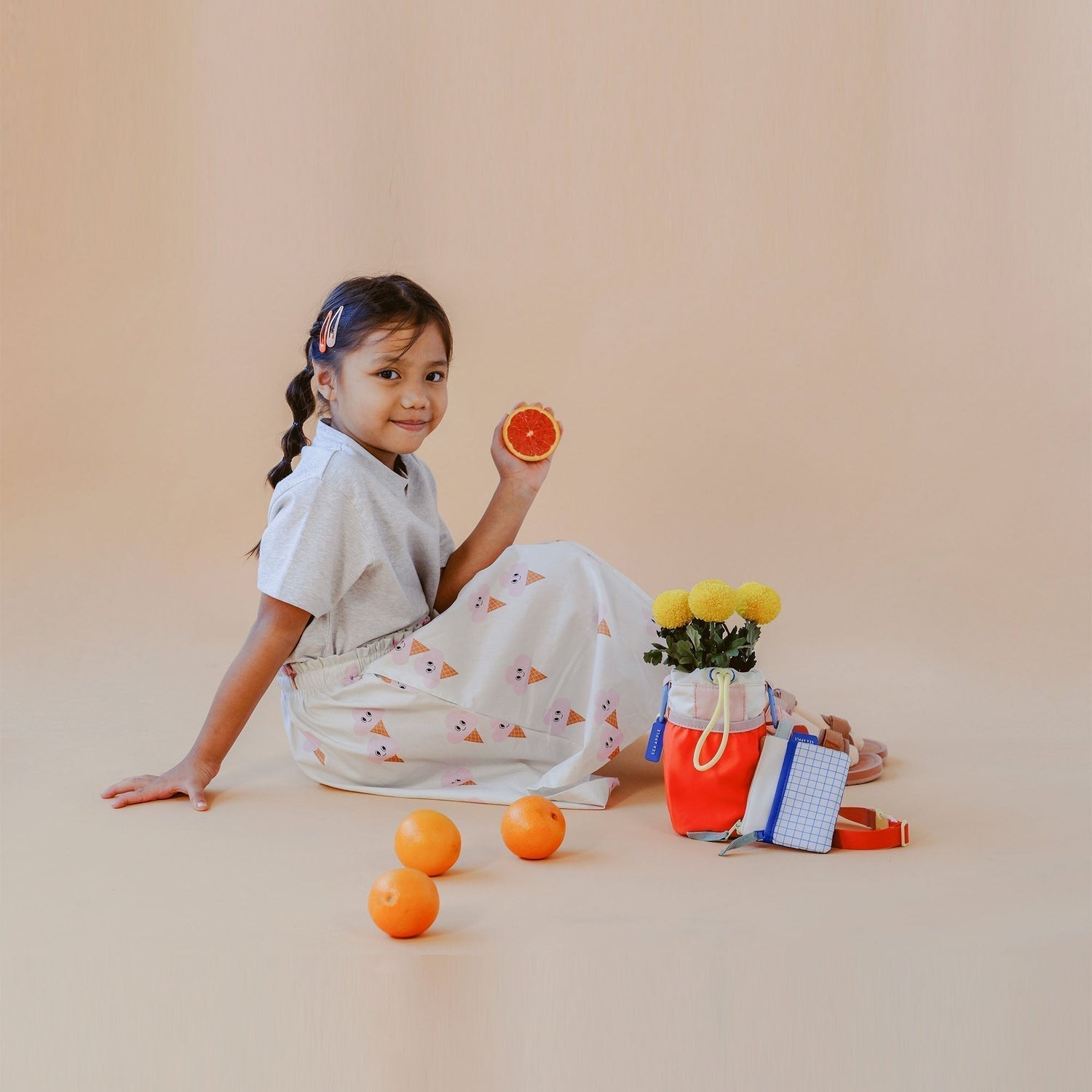Finding the right balance between practicality, safety, and environmental impact is essential when selecting a lunch box for children. Two popular options on the market are stainless steel lunch boxes and plastic lunch boxes. We break down the pros and cons of each to help you make an informed decision.
Stainless Steel Lunch Box
Pros
1. Durability: Stainless steel lunch boxes are built to last and they can withstand rough handling by children. They are resistant to dents, scratches, and breakage, ensuring longevity.
2. Safety: Stainless steel is a non-toxic material that does not leach harmful chemicals into food. It provides a safe option for storing a variety of meals, including acidic or spicy foods.
3. Eco-Friendly: Stainless steel can be recycled indefinitely, reducing waste and pollution.
Cons
1. Weight: Stainless steel lunch boxes tend to be heavier compared to their plastic counterparts. This may be a consideration for younger children who might struggle to carry them.
2. Higher Cost: Stainless steel lunch boxes are generally more expensive upfront compared to plastic options. However, their durability and long lifespan often justify the investment.


Plastic Lunch Box
Pros
1. Lightweight: Plastic lunch boxes are lightweight, making them easy for children to carry. They are suitable for younger children or those with mobility limitations.
2. Cost-Effective: Plastic lunch boxes are generally more affordable than stainless steel options, making them a budget-friendly choice.
Cons
1. Environmental Impact: Plastic lunch boxes contribute to plastic waste and pollution. They are often made from non-biodegradable materials that can take centuries to decompose.
2. Safety Concerns: Some plastics may contain harmful chemicals such as BPA, which can leach into food, especially when heated. Look for BPA-free plastic lunch boxes to minimize these risks. Remember to regularly inspect your plastic food containers for cracks, odour, and staining. Even if your lunch box appears to be in good condition, it is generally recommended to replace plastic containers every few years to ensure they remain safe and functional.
When selecting a lunch box for children, it is essential to consider factors such as durability, safety, cost, and environmental impact. Stainless steel lunch boxes offer durability, safety, and eco-friendliness, although they can be heavier and pricier. Plastic lunch boxes provide lightweight and cost-effective options, but they come with concerns about environmental impact and potential chemical leaching. Assess your child's needs, preferences, and your values to make an informed decision. Have a fun mealtime outside!
Shop our range of snack boxes and lunch boxes here.



